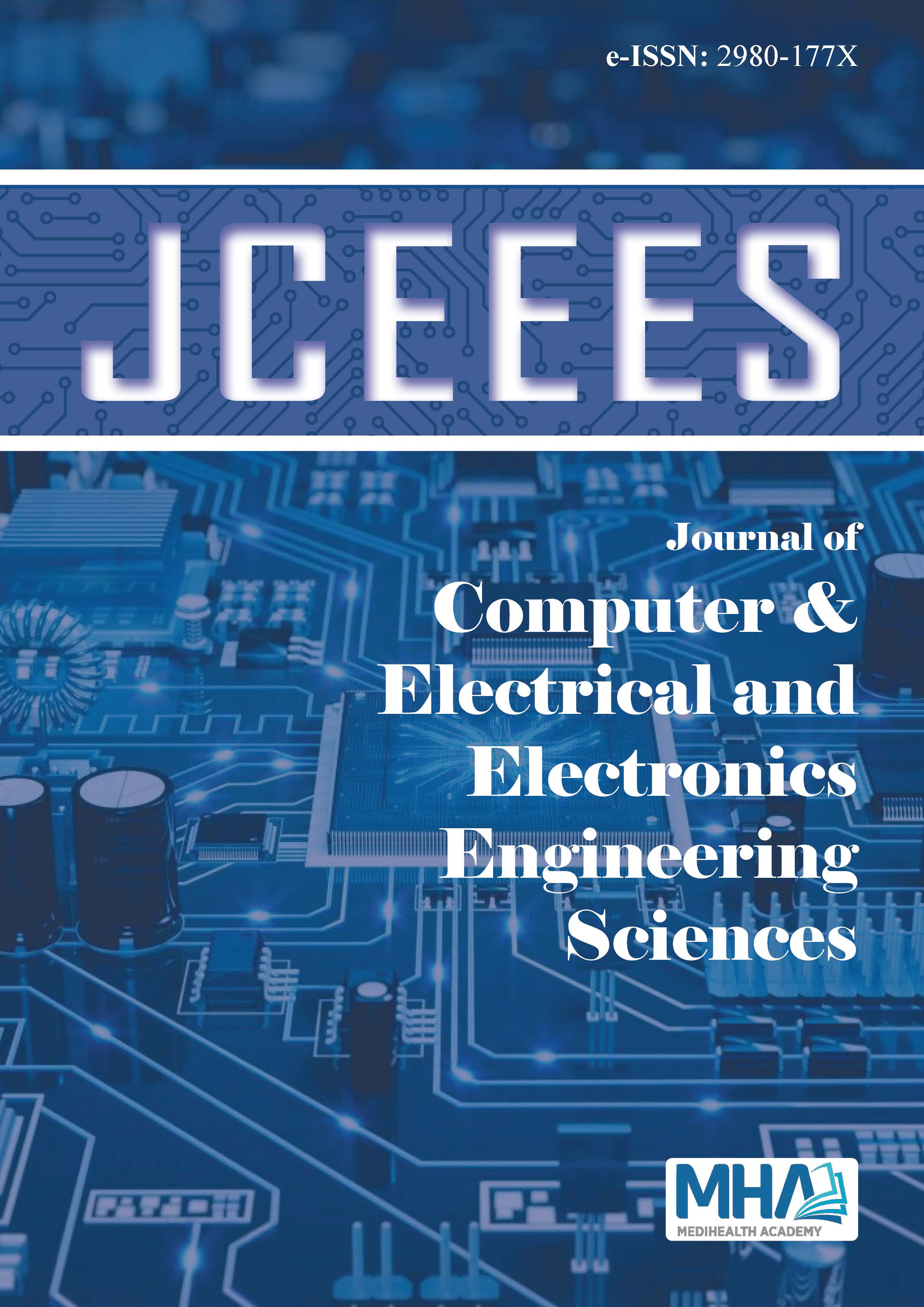1. Bastola, A., Enam, M. A., Bastola, A., Gluck, A., & Brinkley, J. (2023). Multi functional glasses for the blind and visually impaired: design and development. Proceedings of the Human Factors and Ergonomics Society Annual Meeting. doi:10.1177/21695067231192450.
2. Nazim, S., Firdous, S., Shukla, V. K., & Pillai, S. R. (2023). Smart glasses: a visual assistant for the blind. Amity University Dubai.
3. Mustafa, A., Omer, A., & Mohammed, O. (2023). Intelligent Glasses for Visually Impaired People. Sudan University for Science and Technology.
4. Waisberg, E., Ong, J., Masalkhi, M., Zaman, N., Sarker, P., Lee, A.G., & Tavakkoli, A. (2023). Meta smart glasses-large language models and the future for assistive glasses for individuals with vision impairments. Eye, 38,1036-1038. doi:10.1038/s41433-023-02842-z
5. Turk, F. RNGU-NET: a novel efficient approach in segmenting tuberculosis using chest X-ray images. <em>PeerJ Comp Sci</em>, 2024,5,10. doi: 10.7717/peerj-cs.1780
6. Türk, Fuat. (2024). Investigation of machine learning algorithms on heart disease through dominant feature detection and feature selection. <em>Signal Image Video Process</em>, 18,1-13. doi:10.1007/s11760-024-03060-0
7. Agrawal, A., Lu, J., Antol, S., Mitchell, M., Zitnick, C. L., Batra, D., & Parikh, D. (2016). VQA: Visual question answering. <em>arXiv</em>, https://arxiv.org/abs/1505.00468.
8. Papers with Code. (n.d.). Visual Question Answering. Retrieved from https://paperswithcode.com/task/visual-question-answering-1
9. OrCam MyEye 2 Pro. (n.d.). Retrieved from https://www.orcam.com/en us/orcam-myeye-2-pro
10. Envision Glasses. (n.d.). Retrieved from https://www.letsenvision.com/glasses/home
11. Berry, T. (2018, February 9). Visually stunning; aira smart glasses help the blind see airport gates. CW39. Retrieved from https://cw39.com/2018/02/09/visually-stunning-aira-smart-glasses-help-the blind-see-airport-gates.
12. Wikipedia contributors. (2023, December 9). Seeing AI. In Wikipedia, The Free Encyclopedia. Retrieved from https://en.wikipedia.org/wiki/Seeing_AI.

